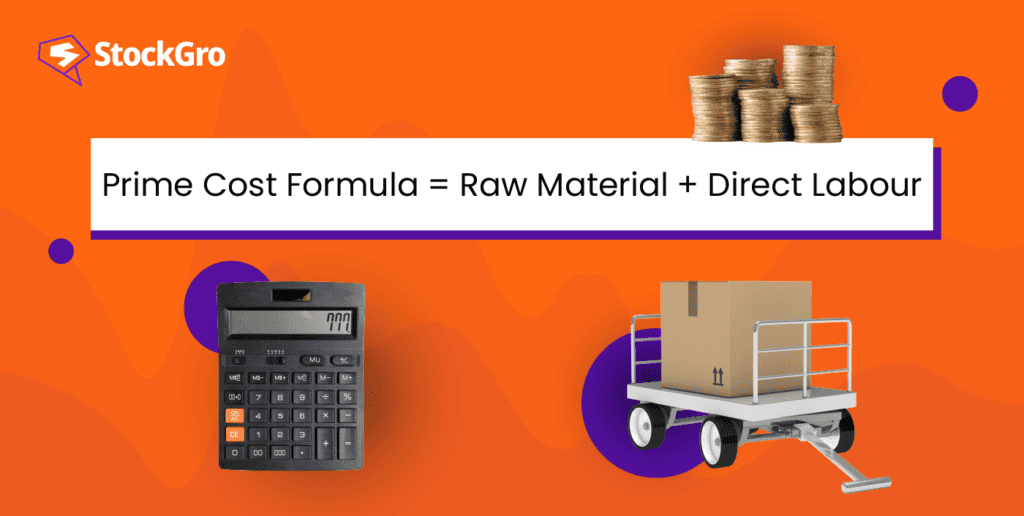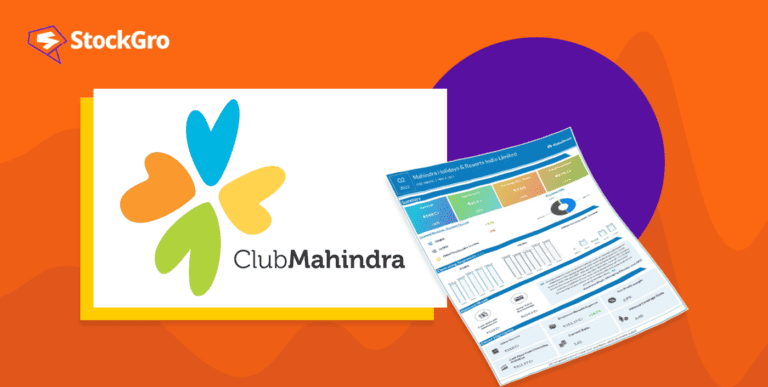
Prime cost involves the direct costs incurred in producing a good or service in a business. It is useful in calculating the contribution margin which in turn helps set the right selling price.
All businesses, including service-based ones, need prime cost analysis to gauge the direct costs of production or service delivery. This aids in better management and control of costs.
What is prime cost?
Prime cost is the total of direct costs for materials, labor, and other expenses. It’s calculated by adding the costs of raw materials, direct labor, and direct expenses. Known also as direct cost or flat cost, it is a measure of the expenses tied to the production of goods or services aimed at maximizing profit margin. It essentially accounts for the direct costs of labor and materials used in manufacturing a good.
Direct costs are different from indirect costs like advertising and administrative expenses, which are not included in prime cost calculations.
You may also like: Insurance 101: How to protect yourself and your assets!
| Component | Description | Calculation Example |
| Direct Materials | Physical items or supplies specifically linked with a particular product. | Direct material cost = Opening direct material inventory + Direct material purchased – Closing direct material inventory. Example: Rs 10,000 + Rs 50,000 – Rs 5,000 = Rs 55,000. |
| Direct Labor | Workers directly involved in making a specific product. Their skills contribute to producing the final goods. | Direct labour cost = Pay rate * Time to complete a task or project. |
| Direct Expenses | Costs, besides material and labor costs, that are part of the prime cost. They may change with production or stay semi-constant. Some firms count administrative costs or employee bonuses as direct expenses. | Varies depending on the nature of the expense. |
| Prime Cost | Total of direct material and direct labor costs. Crucial for pricing products and understanding the cost structure. | Prime cost = Raw materials + Direct labour. Example: Rs 55,000 + Rs 45,000 = Rs 100,000. |
| Prime Cost Percentage | It shows a business’s prime cost divided by its sales, helping to figure out profit margins and see if the costs of goods or work are too high. | Prime Cost Percentage = Prime Cost / Sales |
| Total Production Cost | Sum of all the expenses a business faces during a specific period while producing its goods. | Total product cost = Cost of raw materials + cost of direct labor + cost of overhead |
Also Read: Mutual funds or stocks: Which is a better investment?
Importance of prime cost in business accounting
Businesses use these costs to figure out the total cost of the materials and work needed to make a product. Lowering these costs can help a company earn more profit or have lower prices than rivals.
- Use in cost accounting
Prime costs are key in management and cost accounting to find out the contribution margin, set prices, plan sales and profits, and make decisions. This way only looks at the changing costs tied directly to making each item.
The formula is
Prime Costs = Raw Materials + Direct Labor
- Role in pricing decisions
By knowing the direct costs of making goods or services, you can set prices that make sure your business earns money and keeps going. Here are two main points on how this cost helps in setting prices:
- Cost-based pricing. Find out the total cost to make each unit of a product. Then add a profit margin to cover other costs and earn the profit you want.
- Competitor analysis. Look for ways to spend less or find out if you’re spending more than competitors. If your prime costs are a lot higher, you might need to change how you make things, find better deals, or use workers better. If your prime costs are lower, you have an edge over competitors.
- Contribution to profit margins
The cost percentage shows a business’s prime cost divided by its sales, helping to figure out profit margins and see if the costs of goods or work are too high.
Prime Cost Percentage = Prime Cost / Sales
- Budgeting and forecasting
Budgeting and forecasting help a company grow, especially in times of change.
Make budgets with a clear list of direct material costs, direct labor costs, and other direct production costs to set real goals and use resources well.
When you use prime cost data in forecasting, your sales and profit estimates become sharper. This lets businesses expect revenue and cost changes better. It helps them plan their finances well according to what they can make and the market situation. It makes sure of better financial stability and performance over time.
Role of prime cost in determining total production cost
Total production cost is the sum of all the expenses a business faces during a specific period while producing its goods. This cost has two accounting methods. The first method records the full cost as an expense in that period, fitting well when a business meets customer needs with little inventory. The second method divides the cost, putting part as an expense and the rest with the inventory if production exceeds immediate demand, leading to stored goods.
The formula used is:
Total product cost = Cost of raw materials + cost of direct labor + cost of overhead
Also Read: A guide to value investing in India
Components of prime cost
Prime cost consists of direct costs tied to each unit of product made. These costs have three main parts:
- Direct materials: These are physical items or supplies specifically linked with a particular product. They include raw materials turned into finished products in the manufacturing process.
- Direct labor: This involves workers directly involved in making a specific product. Their skills in manufacturing contribute to producing the final goods.
- Direct expenses: These costs, besides material and labor costs, are part of the prime cost, whether they change with production or stay semi-constant. Some firms count administrative costs or employee bonuses as direct expenses.
Calculation of prime cost?
Calculating prime cost involves summing up direct material and labor costs.
Direct materials cost calculation
Direct materials costs include the money spent on raw materials, components, or stock items used in making a product. The formula below helps find the cost of direct materials used during a certain period:
Direct material cost = Opening direct material inventory + Direct material purchased – Closing direct material inventory.
For instance, if a company like Tata Motors starts with an opening inventory of raw materials worth Rs 10,000, purchases additional materials worth Rs 50,000, and has a closing inventory worth Rs 5,000, the direct material cost would be:
Rs 10,000 + Rs 50,000 – Rs 5,000 = Rs 55,000.
Also Read:
Calculation of direct labor cost
Direct labor cost includes total wages and benefits paid to employees who directly manufacture products or provide services. It’s more than just wages; it covers other costs like payroll taxes, workers’ compensation insurance, and company-provided benefits. Here’s how to calculate it:
Direct labor cost = Pay rate * Time to complete a task or project.
Summing up costs to calculate prime cost
Prime cost is the total of direct material and direct labor costs. It’s crucial for pricing products and understanding the cost structure. Here’s how to calculate it:
Prime cost = Raw materials + Direct labor.
For instance, if the direct material cost is Rs 55,000 and the direct labor cost is Rs 45,000, then the prime cost would be:
Rs 55,000 + Rs 45,000 = Rs 100,000
Conclusion
Prime cost is crucial for finding the minimum sales price of a product. It’s the sum of direct materials and direct labour costs. When the contribution margin is positive, it means sales and production are bringing in profits. If it’s negative, they are not.
Prime cost data assists business owners in spotting profitable goods and services. It’s also useful for bettering supplier negotiations and reducing production costs. Adopting best practices makes prime cost management in an organisation more effective.
New to stock trading? Learn, practice, and invest smarter with expert insights and real-time market trends. Try the StockGro app today!
